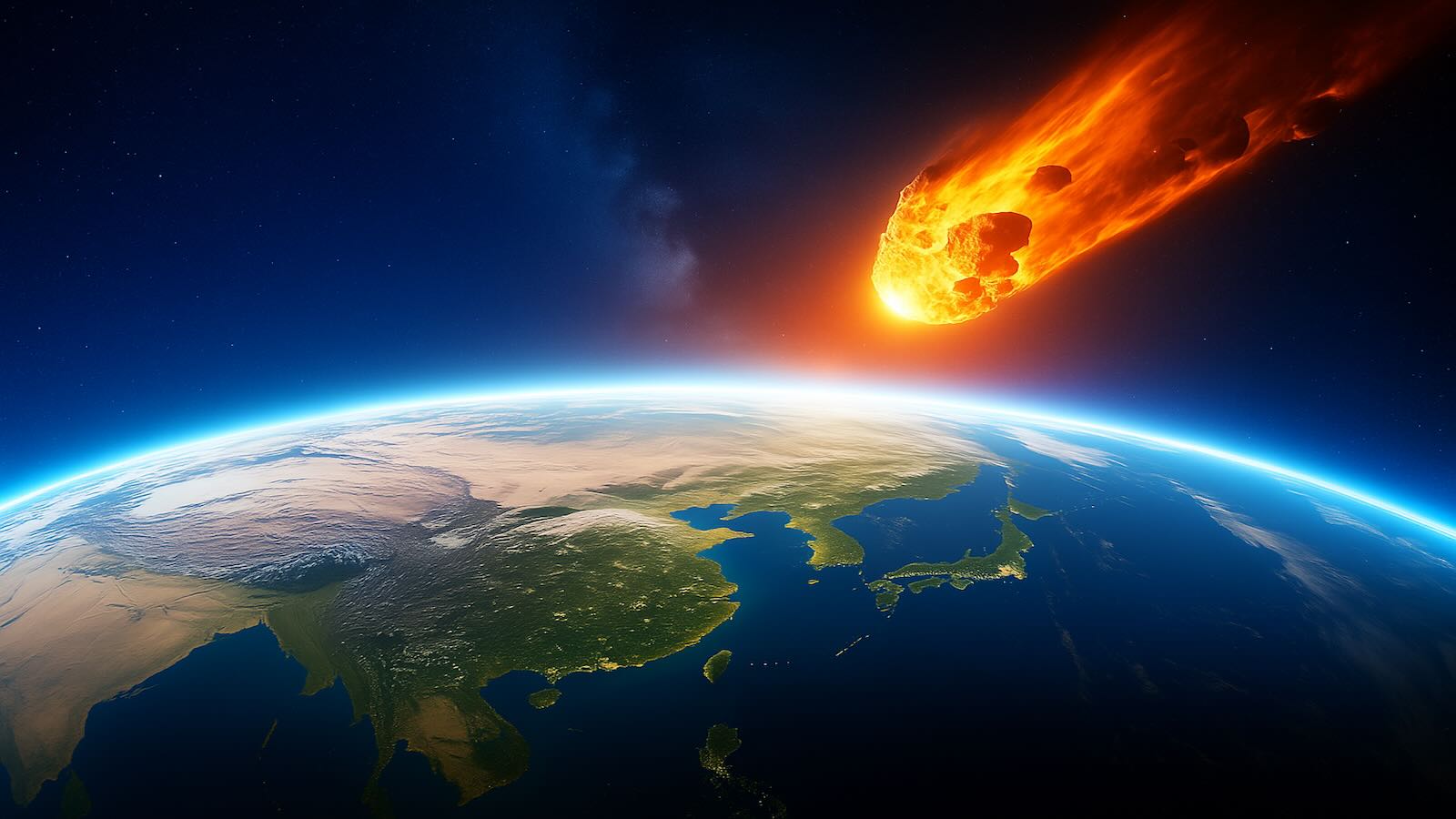Simulations of a future asteroid collision have revealed just how devastating a direct hit could be for life on Earth. Researchers in South Korea have explored what might happen if the asteroid Bennu, roughly the size of a large hill, were to collide with our planet in the year 2182. While the odds of impact are low, the consequences would be anything but minor.
Earth hasn’t experienced a massive asteroid strike since the one believed to have wiped out the dinosaurs 66 million years ago. But that doesn’t mean we’re in the clear. Our solar system remains full of rocks on chaotic paths—some of which, like Bennu, come dangerously close to Earth.
Bennu, a 500-meter-wide asteroid and the recent subject of NASA’s OSIRIS-REx sample return mission, has a 1 in 2,700 chance of striking Earth on September 24, 2182. That’s a 0.04% probability—not high, but certainly not zero.
Modeling the Aftermath: What Would a Collision Look Like?
To understand the possible consequences, climate scientists Lan Dai and Axel Timmermann from Pusan National University used the Aleph supercomputer to simulate the climatic and ecological impact of such an event. Their findings paint a sobering picture of what would follow—not from the initial impact alone, but from the environmental fallout it would unleash.
“Our simulations, which inject up to 400 million tons of dust into the stratosphere, show marked disruptions in climate, atmospheric chemistry, and global photosynthesis,” the researchers write.
Goodbye to energy dependence – Alaska discovers more than 1,200 TWh hidden under the ice, and the find could change the world
Goodbye Pepsi: Costco makes a major decision that completely changes its strategy with sugary drinks
The projected effects include:
-
A global temperature drop of 4°C
-
A 15% decrease in precipitation
-
32% depletion of the ozone layer
These changes could dramatically alter ecosystems and agriculture around the world. Photosynthesis, the foundation of nearly all food chains, would decline by 20–30% in both land and marine environments.
This “impact winter,” a term for the cold, dark period following a large asteroid collision, would devastate food production and trigger massive disruptions in global food security.
Could Humanity Survive an Impact Like This?
The worst effects, according to the study, would be short-term but extreme. While plants would struggle to adapt, marine algae, particularly diatoms, could bounce back within months. Surprisingly, the iron-rich dust from the impact may even fertilize some marine environments, leading to temporary boosts in ocean productivity—offering a potential lifeline in the wake of catastrophe.
Still, the broader picture remains grim. The long-term damage to terrestrial ecosystems, the collapse of agricultural systems, and severe climate fluctuations could make survival incredibly challenging for billions of people.
Despite this, scientists believe humanity could survive such an event—though possibly with reduced populations and altered ways of life. Asteroid strikes of this magnitude are rare but not unheard of. Estimates suggest that medium-sized asteroids like Bennu hit Earth once every 100,000 to 200,000 years.
How detonating a nuclear bomb could protect planet Earth
Buys a coal mine for $2 million and discovers metals worth up to $36 billion
“Our early human ancestors may have already lived through some of these world-altering impacts,” Timmermann notes, adding that they could have influenced human evolution and even our genetic history.
Preparing for the Future: Why These Simulations Matter
While the odds of Bennu hitting Earth are low, simulations like these help scientists and policymakers understand what’s at stake—and what we might need to do to prepare. From climate disruption to food system collapse, the potential consequences of a collision demand serious attention.
In the end, these simulations aren’t just science fiction—they’re a call to readiness. With decades or even centuries to plan, humanity has a chance to prepare and possibly even prevent a disaster like this from becoming reality.
